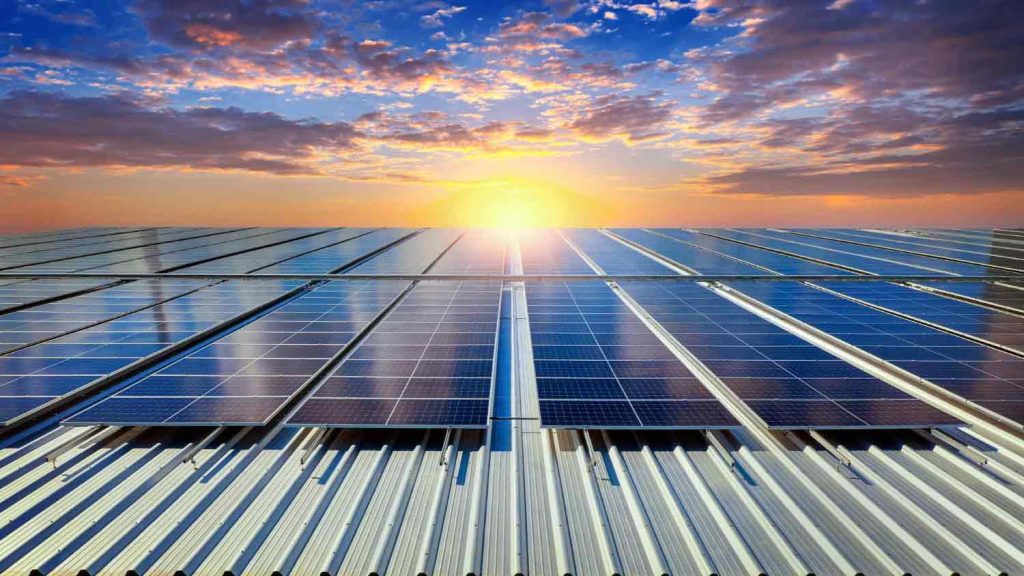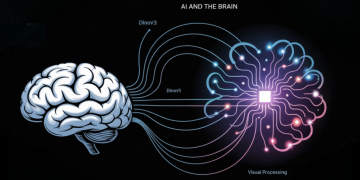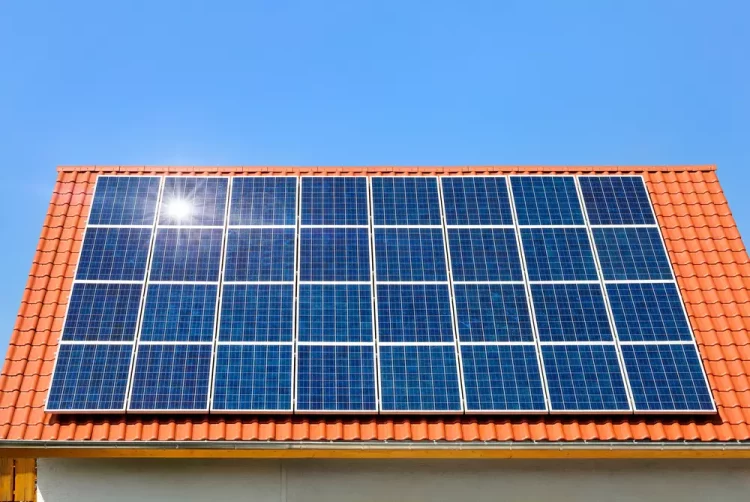Solar energy has long been hailed as one of the most promising solutions for addressing global energy needs while combating climate change. As the world increasingly turns to renewable energy sources, solar power is becoming a critical component of the global energy transition. The development of new solar technologies and innovations is opening up new possibilities for efficient, sustainable, and accessible energy for all. This article takes a deep dive into the latest advancements in solar energy technologies, exploring how these innovations are shaping the future of clean energy.
1. The Evolution of Solar Energy
Solar energy has evolved dramatically over the past few decades. What started as a niche technology has now become a mainstream energy source. Early solar panels, made from silicon, were expensive and inefficient. However, as technology has advanced, the efficiency of solar cells has improved, and their cost has significantly decreased, making solar energy a more affordable and viable option for homeowners, businesses, and governments alike.
Key Milestones in Solar Energy History:
- 1954: The first practical solar cell was developed by scientists at Bell Labs.
- 1970s: Solar energy technology became more widely recognized, thanks to the energy crises of the 1970s.
- 1990s-2000s: The rise of photovoltaic (PV) solar panels made solar energy more accessible, and the global solar market began to grow.
- Present Day: Today, solar energy is one of the fastest-growing sectors in the renewable energy industry, with advances in efficiency, storage, and installation methods driving the future of clean power.
The latest solar innovations aim to make solar power even more efficient, cost-effective, and scalable. Let’s explore some of the cutting-edge advancements that are paving the way for a cleaner tomorrow.
2. Photovoltaic (PV) Technology Advancements
Photovoltaic (PV) technology, the most widely used method of converting sunlight into electricity, has undergone substantial improvements in both efficiency and cost-effectiveness. Innovations in materials, cell design, and manufacturing processes are making solar panels more powerful than ever before.
New Materials for Enhanced Efficiency: One of the most significant developments in PV technology is the use of perovskite solar cells. These cells are made from a type of crystal structure called perovskite, which is highly efficient at converting sunlight into electricity. Perovskite solar cells are cheaper to produce than traditional silicon cells and can be made more flexible, allowing for new applications in urban and industrial settings.
Another promising material is quantum dots. Quantum dot solar cells use tiny nanoparticles to absorb and convert sunlight, potentially increasing efficiency by capturing a broader spectrum of light. Quantum dot technology is still in the experimental phase but could become a game-changer in the coming years.
Tandem Solar Cells: Tandem solar cells combine two or more layers of materials that capture different parts of the solar spectrum, increasing the efficiency of the panels. By stacking multiple layers, these cells can harness more energy from the sun. Researchers are exploring combinations of perovskite and silicon to create tandem cells that could achieve efficiencies exceeding 30%—well above the typical efficiency of current silicon-based solar cells.
3. Solar Panel Manufacturing and Cost Reduction
The solar industry has made incredible strides in reducing the cost of manufacturing solar panels, making them more affordable for consumers. This cost reduction is a key factor driving the adoption of solar power worldwide.
New Manufacturing Techniques: Innovative manufacturing techniques, such as laser processing and 3D printing, are making solar panels more affordable and efficient to produce. These methods streamline the production process, reduce waste, and lower costs.
Additionally, the use of thin-film solar panels, which are lightweight and flexible, has revolutionized the way solar panels are integrated into buildings and structures. Thin-film panels can be applied to a variety of surfaces, including windows, roofs, and even clothing, making them a versatile option for both residential and commercial applications.
Vertical Integration: As the demand for solar panels grows, many companies are vertically integrating their supply chains to reduce costs and improve efficiency. By controlling the entire production process—from raw materials to final panel assembly—companies can reduce the cost of solar energy systems, passing savings on to consumers.

4. Solar Storage Innovations
One of the challenges of solar energy is its intermittency. Solar power generation depends on sunlight, meaning energy production is only available during daylight hours and can be impacted by weather conditions. Solar storage solutions are critical to overcoming this issue by storing excess energy generated during the day for use at night or during periods of low sunlight.
Advancements in Battery Storage: Lithium-ion batteries have been the standard for solar energy storage, but innovations are underway to improve energy density, longevity, and cost. New types of batteries, such as solid-state batteries and sodium-ion batteries, are showing promise in the solar storage market. These batteries offer higher energy densities, longer life cycles, and are more environmentally friendly compared to traditional lithium-ion options.
Additionally, flow batteries, which use liquid electrolytes to store energy, are emerging as a promising technology for large-scale solar storage. Flow batteries are more scalable and can store larger amounts of energy, making them ideal for commercial and utility-scale solar installations.
Smart Grid and Energy Management Systems: In addition to battery storage, advancements in smart grid technology are enabling more efficient management of solar energy. Smart grids use sensors, communication networks, and real-time data analytics to balance energy supply and demand, helping to optimize the use of solar power in the grid. With smart grid integration, solar power can be distributed more effectively, reducing waste and increasing reliability.
5. Solar Energy in Architecture and Urban Design
Solar energy is increasingly being integrated into the design of buildings and urban spaces. The concept of solar architecture is gaining traction, with architects and designers incorporating solar panels directly into the fabric of buildings.
Building-Integrated Photovoltaics (BIPV): Building-Integrated Photovoltaics (BIPV) refers to solar panels that are integrated into the structure of buildings, such as windows, facades, and roofs. BIPV allows buildings to generate their own power without the need for additional space for solar panels. For example, solar roof tiles are now available as an alternative to traditional roofing materials. These tiles blend seamlessly with a building’s design while providing the benefits of solar power.
Another exciting development is the use of solar windows. These windows are transparent but have the ability to generate electricity from sunlight. Solar windows are made from transparent solar cells or coatings, allowing for energy generation while still letting in natural light. This technology holds great potential for urban buildings, where space for traditional solar panels may be limited.
Solar-Powered Urban Infrastructure: In addition to residential and commercial buildings, solar power is being integrated into urban infrastructure, such as solar-powered streetlights, solar water heaters, and solar parking meters. These innovations reduce the carbon footprint of cities and contribute to the creation of sustainable urban environments.
6. Solar Energy in Developing Countries
Solar energy is playing a vital role in bringing electricity to remote and underserved areas in developing countries. In regions where access to the grid is limited or nonexistent, solar power provides a cost-effective and reliable solution for improving the quality of life.
Solar Mini-Grids: Solar mini-grids are small-scale solar power systems that provide electricity to local communities, particularly in off-grid areas. These systems consist of solar panels, batteries, and inverters, and they can be scaled to meet the specific needs of a community. Solar mini-grids are particularly effective in rural areas where traditional grid infrastructure is too costly to deploy.
Pay-As-You-Go Solar: In many developing countries, access to solar power is being facilitated through pay-as-you-go (PAYG) solar systems. This model allows consumers to pay for solar energy in small installments, making it affordable for people with limited financial resources. PAYG systems are often used for powering lights, mobile phones, and small appliances, providing a significant improvement in living standards.
7. The Future of Solar Energy
The future of solar energy is bright, with ongoing advancements promising to make solar power more efficient, affordable, and widely accessible. Key developments on the horizon include:
- Artificial Photosynthesis: Researchers are exploring ways to mimic the process of photosynthesis to generate solar energy more efficiently. This could lead to breakthroughs in energy production by directly converting sunlight into chemical energy.
- Space-Based Solar Power: Space-based solar power involves capturing solar energy in space, where sunlight is constant, and transmitting it back to Earth. This ambitious concept could one day provide a virtually unlimited supply of clean energy.
- Solar as a Service: As solar technology becomes more accessible, solar companies are shifting toward offering solar energy as a service. This business model allows consumers to lease solar panels and pay for the energy they consume, without the upfront costs associated with purchasing and installing a system.
Conclusion
Solar energy is poised to play a central role in the global transition to renewable energy. The latest innovations in solar technology, from advanced photovoltaic materials to solar storage solutions, are paving the way for a cleaner, more sustainable future. As the cost of solar power continues to decrease and its efficiency improves, solar energy will become an increasingly viable option for consumers, businesses, and governments around the world.
With the right technological advancements and investments in infrastructure, solar energy has the potential to provide clean, renewable power to communities across the globe, helping to reduce our dependence on fossil fuels and combat climate change. The future of solar energy is bright, and it is just the beginning of a cleaner, more sustainable tomorrow.
Tags: solar energy, renewable energy, solar power innovations, photovoltaic technology, solar storage, solar architecture, building-integrated photovoltaics, perovskite solar cells, solar panel manufacturing, solar grid integration, smart grid, solar energy in developing countries, pay-as-you-go solar, solar mini-grids, energy efficiency, clean energy technology
Image search terms: solar panels, perovskite solar cells, solar energy storage, solar architecture, solar roof tiles, building-integrated photovoltaics, solar windows, solar-powered streetlights


















































Discussion about this post